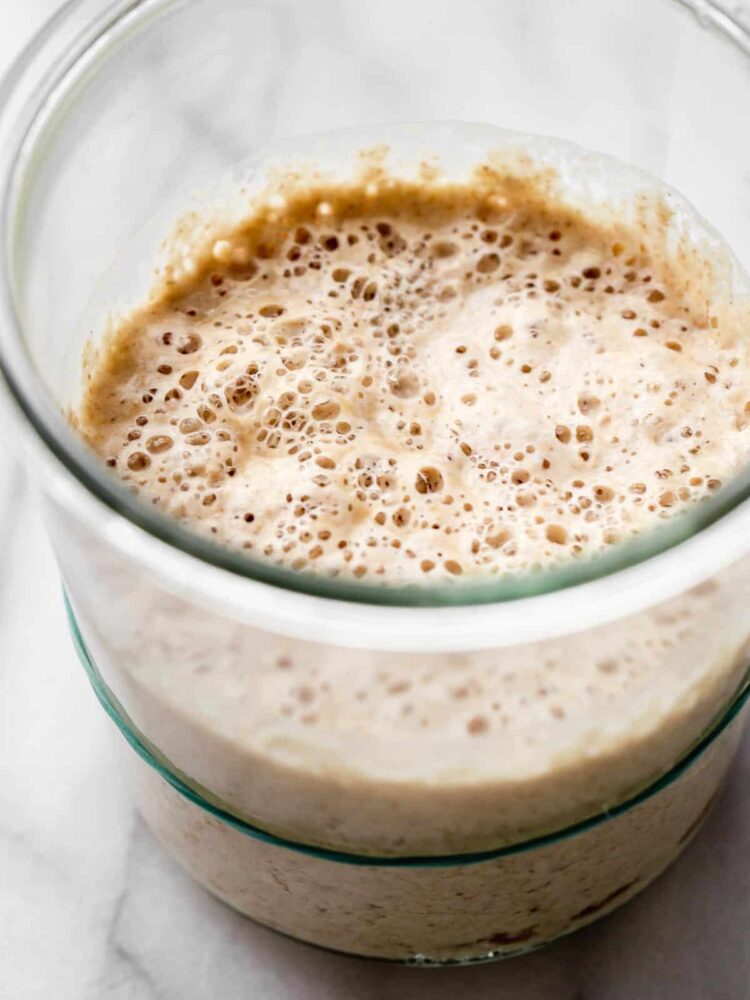Sourdough Starter Recipe
A sourdough starter is the heart of any naturally leavened bread. Unlike commercial yeast, a starter is made by cultivating wild yeast and bacteria from flour and water, creating a living culture that gives bread its rise, flavor, and texture. Building a starter takes patience, but once established, it can last for years with proper care.
This guide walks you through the process of making your own sourdough starter at home.
Recipe Card
Recipe: Sourdough Starter
Prep Time: 10 minutes daily
Fermentation Time: 5–7 days
Yield: 1 active starter (enough to maintain indefinitely)
Ingredients:
- 100g whole wheat flour (can switch to bread or all-purpose after day 1)
- 100g filtered or spring water (room temperature)
(That’s it—just flour and water!)
Instructions:
Day 1: Start the Culture
- Mix 100g whole wheat flour with 100g water in a clean glass jar.
- Stir until no dry flour remains. The consistency should be like thick pancake batter.
- Cover loosely with a lid or cloth and leave at room temperature (20–24°C / 68–75°F).
Day 2: First Feeding
- You may see bubbles or a slight aroma this means fermentation has begun.
- Discard half of the mixture (about 100g).
- Add 50g flour + 50g water. Mix well, cover, and rest.
Days 3–5: Daily Feedings
- Continue discarding half and feeding with equal parts flour and water daily.
- By day 3 or 4, your starter should be bubbly, rise after feedings, and smell pleasantly tangy.
- Switch to bread flour or all-purpose flour if desired for a lighter starter.
Day 5–7: Ready to Use
- The starter is ready when it doubles in volume within 4–6 hours of feeding, is bubbly, and smells slightly sweet and sour.
- To test: drop a spoonful into water if it floats, it’s ready for baking.
Maintaining Your Starter:
- Keep at room temperature if baking daily, feeding once every 24 hours.
- For less frequent baking, store in the refrigerator and feed once a week.
- Always feed equal parts flour and water by weight after discarding half.
Tips for Success:
- Use filtered or spring water to avoid chlorine, which can slow fermentation.
- Whole wheat or rye flour helps jumpstart fermentation due to higher nutrients.
- Consistency matters keep feedings regular for a strong, active starter.


